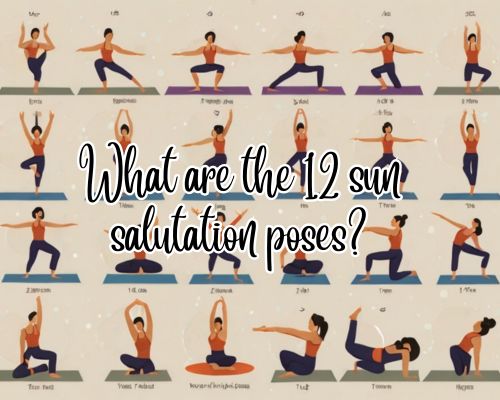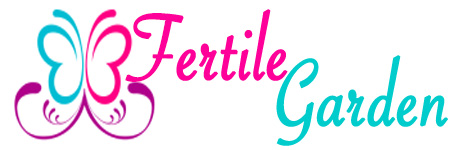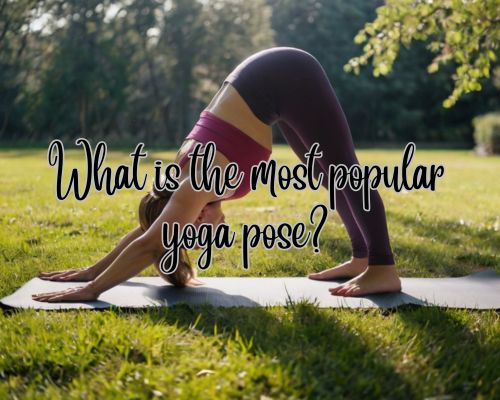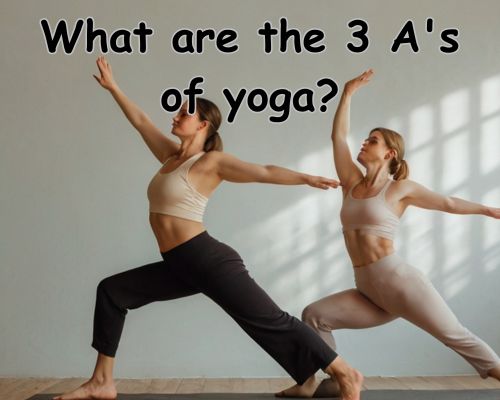What Are the 12 Sun Salutation Poses? A Guide for Yogis in Mornington, Australia
Sun Salutation, or Surya Namaskar, is a fundamental yoga sequence that energizes the body, enhances flexibility, and promotes mindfulness. Practiced widely in Mornington, Australia—especially along the stunning beaches and serene parks—this ancient routine is a staple in yoga studios and wellness retreats across the region. But what exactly are the 12 sun salutation poses, and how can they benefit your mind and body? Let’s have it with Bikram Yoga Mornington.

Understanding Sun Salutation (Surya Namaskar)
Sun Salutation is a dynamic sequence of twelve yoga asanas performed in a fluid motion, synchronized with breath control. Each movement is designed to awaken the body, strengthen muscles, and improve circulation. Practicing Sun Salutation in Mornington’s natural settings, such as Mornington Park or along the Esplanade, can further enhance its benefits by connecting you to nature’s rhythms.
The 12 Sun Salutation Poses
1. Pranamasana (Prayer Pose)
Begin in a standing position with your feet together, palms pressed at the heart center. This pose encourages mindfulness and mental clarity, setting an intention for the practice.
2. Hasta Uttanasana (Raised Arms Pose)
Inhale deeply, lifting your arms overhead while arching your back slightly. This movement stretches the spine and expands the chest, improving lung capacity—a great benefit for Mornington’s beachside yogis who enjoy fresh sea air.
3. Uttanasana (Standing Forward Bend)
Exhale as you fold forward, bringing your hands toward the floor. This pose helps release tension in the hamstrings and lower back, crucial for those engaging in water sports like paddleboarding at Fisherman’s Beach.
4. Ashwa Sanchalanasana (Equestrian Pose)
Step your right foot back into a lunge, keeping the left knee bent at 90 degrees. Look forward, opening the chest. This pose enhances balance and flexibility, essential for surfers at Sunnyside Beach.
5. Dandasana (Plank Pose)
Step your left foot back, aligning your body into a straight line from head to heels. Holding this pose strengthens the core and arms, beneficial for posture and endurance.
6. Ashtanga Namaskara (Eight-Limbed Pose)
Lower your knees, chest, and chin to the ground while keeping the hips slightly lifted. This foundational movement increases upper body strength and builds stamina.
7. Bhujangasana (Cobra Pose)
Slide forward and lift your chest, extending the spine and opening the heart. Practicing this pose regularly can help counteract the effects of sitting for long hours, a common concern for office workers in Mornington’s business district.
8. Adho Mukha Svanasana (Downward-Facing Dog Pose)
Exhale and push your hips up, forming an inverted V shape. This pose improves blood circulation and relieves stress, making it a favorite among Mornington residents who seek relaxation after a busy day.
9. Ashwa Sanchalanasana (Equestrian Pose – Opposite Leg)
Step the right foot forward into a lunge, mirroring the previous movement. This ensures balanced flexibility on both sides of the body.
10. Uttanasana (Standing Forward Bend – Repeat)
Step the left foot forward, folding over the legs. Deep breathing in this pose enhances mindfulness and relaxation, making it a perfect way to unwind near Mills Beach.
11. Hasta Uttanasana (Raised Arms Pose – Repeat)
Inhale and lift your arms overhead again, stretching through the spine. The upward movement helps realign posture and expand lung capacity.
12. Pranamasana (Prayer Pose – Repeat)
Return to a standing position with palms together at the heart center. This final pose fosters a sense of gratitude and closure, completing the cycle of energy flow.
Benefits of Practicing Sun Salutation in Mornington
1. Enhances Mental Well-being
Mornington is known for its tranquil coastal environment, making it an ideal setting for mindfulness practices. Regular Sun Salutation improves mental clarity, reduces stress, and enhances overall well-being.
2. Supports an Active Lifestyle
From surfers at Mount Martha Beach to hikers exploring Arthurs Seat, Mornington residents are highly active. Sun Salutation strengthens muscles, improves flexibility, and enhances endurance, supporting various outdoor activities.
3. Boosts Physical Health
Performing these 12 poses increases blood circulation, detoxifies the body, and supports cardiovascular health—key benefits for those engaging in Mornington’s wellness culture, including retreats at Peninsula Hot Springs.
4. Promotes Community Connection
Yoga studios like Bikram Yoga Mornington and Om Yoga Studio offer group classes where locals connect through their shared passion for well-being. Practicing Sun Salutation in community settings fosters motivation and deeper engagement with the practice.
How to Start Your Sun Salutation Practice in Mornington
Find a Yoga Studio or Instructor
Mornington has several professional yoga instructors and studios offering classes tailored to all levels. Consider joining a session at The Natural Yogi or participating in an open-air yoga event at Mornington Peninsula Foreshore Reserve.
Practice at Sunrise for Maximum Benefits
The best time for Sun Salutation is early morning, when the body is fresh and the mind is calm. Watching the sunrise over Port Phillip Bay while practicing these poses amplifies their grounding effects.
Combine Yoga with Local Wellness Activities
Pairing your yoga routine with other wellness practices—like meditation at Mornington Botanical Rose Gardens or a post-session swim at Shire Hall Beach—can enhance relaxation and overall health.
Conclusion
Sun Salutation is a powerful and holistic yoga sequence that promotes physical vitality, mental clarity, and spiritual balance. Practicing these 12 poses in Mornington, Australia, offers the additional benefit of connecting with the region’s natural beauty and wellness culture. Whether you are a beginner or an advanced yogi, integrating Sun Salutation into your daily routine can transform your well-being.
For those eager to deepen their practice, explore local yoga studios, join a wellness retreat, or simply roll out a mat at your favorite beach. The key is consistency, mindfulness, and embracing the journey towards holistic health.



